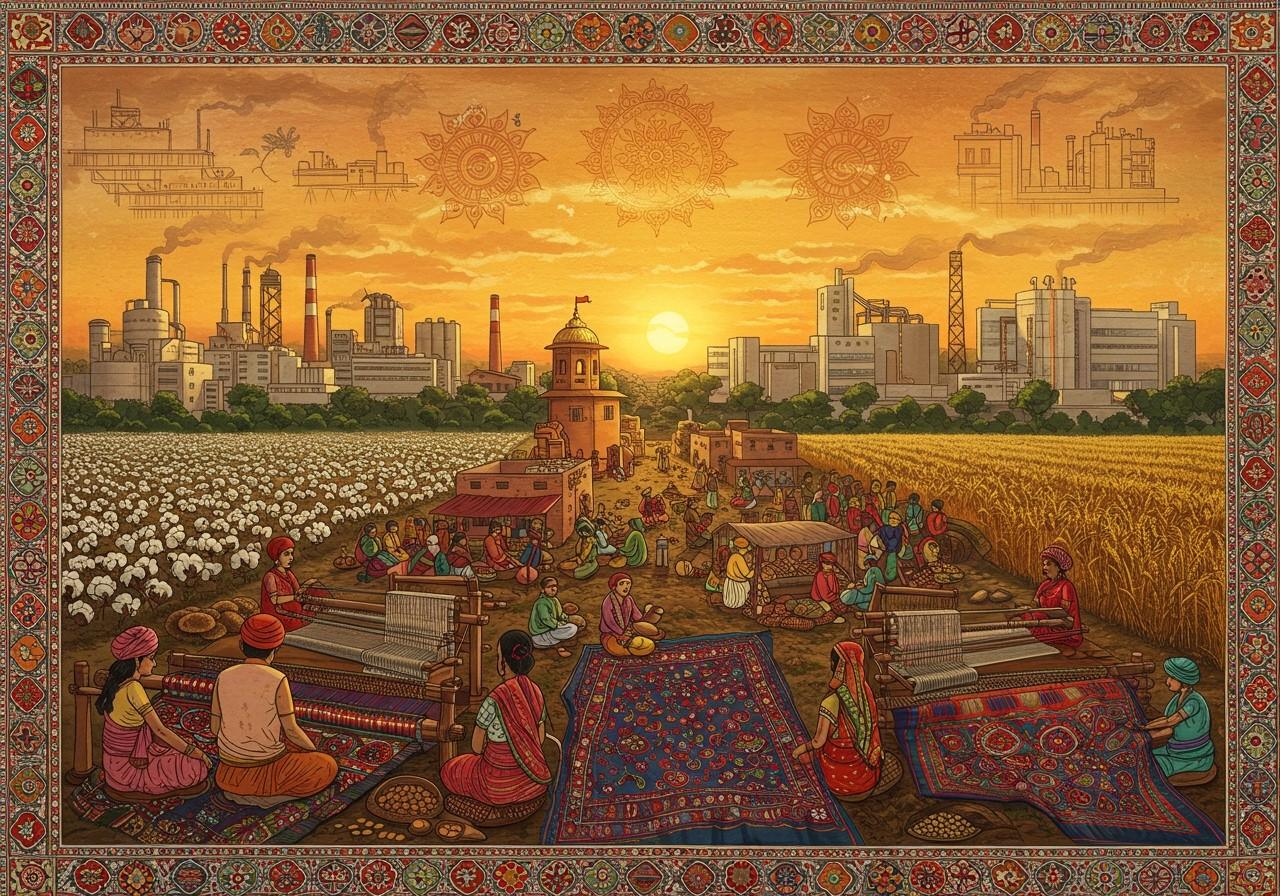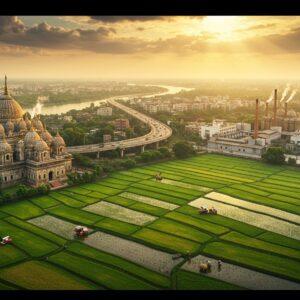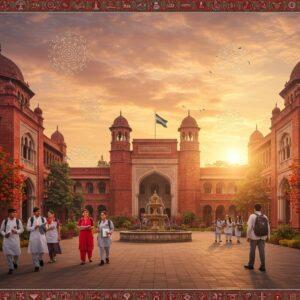
Malwa, a vital region in central India, boasts a rich cultural heritage and significant economic contributions. This article delves into the diverse businesses and industries that shape Malwa’s economy, offering insights into its economic health and future potential. From agriculture and textiles to automobiles and manufacturing, Malwa’s economic tapestry is woven with a blend of traditional practices and modern advancements.
A Detailed Look at Malwa’s Economic Drivers
Malwa’s economy thrives on a diverse range of industries. While agriculture forms the backbone, contributing significantly to the region’s GDP and employment, other sectors play crucial roles. These include textiles, automobiles, and a robust manufacturing sector, characterized by a mix of small and medium enterprises (SMEs).
- Agriculture: Malwa’s fertile lands and favorable climate support the cultivation of key crops such as soybean, wheat, and pulses. These crops contribute significantly to food security and agricultural exports. The region also benefits from agro-processing industries like oil extraction and milling, adding value to the agricultural output.
- Textiles: The textile industry in Malwa has a long and rich history. From cotton farming to the production of synthetic fibers, this sector provides employment to a large portion of the population. Traditional handloom weaving coexists with modern textile mills, showcasing the region’s blend of old and new.
- Automobiles: Malwa has emerged as a hub for automobile production, particularly two-wheelers and commercial vehicles. This sector contributes significantly to the region’s industrial output and employment opportunities.
- Manufacturing: A diverse range of SMEs operate in Malwa, contributing to the region’s economic dynamism. These businesses operate in various sectors, from food processing to the production of consumer goods, showcasing the entrepreneurial spirit of the region.
Deep Dive into Key Industries
Malwa’s Agricultural Powerhouse
Malwa is renowned for its agro-based industries, capitalizing on fertile soil and a favorable climate. Key crops include soybean, wheat, and pulses, supporting the livelihoods of numerous farmers and contributing to the nation’s food security. Innovative farming techniques and government support further enhance productivity, while cooperatives and farmer associations empower farmers with better market access and bargaining power.
Malwa Automobiles: Driving Growth
Malwa Automobiles Pvt Ltd stands as a prominent player in the region’s industrial landscape. Specializing in two-wheelers and commercial vehicles, the company’s growth reflects Malwa’s broader industrial trajectory. Its focus on technological advancements and key product offerings distinguishes it in a competitive market, creating a positive impact on local employment and economic development.
Malwa’s Textile Traditions and Innovations
Malwa’s textile industry is a blend of tradition and innovation. The region is known for its cotton and synthetic fiber production, with SMEs playing a vital role in driving innovation and economic growth. Industrial clusters and special economic zones provide a conducive business environment, fostering further growth and development in this crucial sector.
Navigating Challenges and Embracing Opportunities
Despite its strong industrial foundation, Malwa faces challenges like infrastructure gaps, supply chain disruptions, and environmental concerns. Addressing these requires collaborative efforts from government initiatives and private sector involvement. However, opportunities abound in emerging sectors like renewable energy and IT services, promising a bright future for the region.
Future Prospects: A Vision for Sustainable Growth
Malwa’s economic future hinges on sustainable practices and technological integration. Emerging trends such as smart agriculture, green manufacturing, and digital transformation will shape the region’s industrial landscape. Continuous innovation and supportive policies are crucial for achieving long-term, inclusive growth.
Malwa’s Rich Resources and Industrial Hubs
Malwa’s abundant mineral resources, including limestone, dolomite, and bauxite, fuel industries like cement and steel production. Major industrial centers such as Ujjain, Indore, Bhopal, Khandwa, Ratlam, and Neemuch contribute significantly to the region’s economic output, with small-scale and cottage industries playing a vital role in local economies. Ludhiana, often referred to as the “Manchester of India,” stands as a key industrial hub, with its strong textile industry significantly boosting Malwa’s economic growth.
How Poojn.in Supports Malwa’s Businesses
Poojn.in, India’s leading online store for cultural goods and services, plays a vital role in supporting Malwa’s diverse business community. We offer a wide range of products and services tailored to the specific needs of various industries:
- Textile Industries: Kumkum and alta for ceremonies, bulk coconuts for installations, and wholesale puja items for factory blessings.
- Agricultural Businesses: Special puja kits for harvest festivals, bulk supplies for farmer gatherings, and items for agricultural tool worship.
- Manufacturing Units: Sets for annual machine puja, industrial-sized camphor and dhoop, and bulk coconuts and flowers.
- Retail Businesses: Shop opening ceremony items, daily puja supplies, and wholesale festive season items.
Poojn.in also offers:
- Free shipping on bulk orders over ₹999
- Customized puja kits for businesses
- Direct delivery and GST billing
- Bulk order discounts
Visit www.poojn.in or contact our business support team for wholesale inquiries and custom solutions.
Conclusion
Malwa’s economy showcases a vibrant blend of tradition and modernity. Its diverse industries, from agriculture to manufacturing, contribute to its economic strength. By embracing sustainable practices, technological advancements, and addressing existing challenges, Malwa is poised for continued growth and prosperity. Poojn.in is proud to support Malwa’s businesses with our comprehensive range of products and services, contributing to the region’s rich cultural and economic tapestry.
Baijnath Temples: A Spiritual Journey


